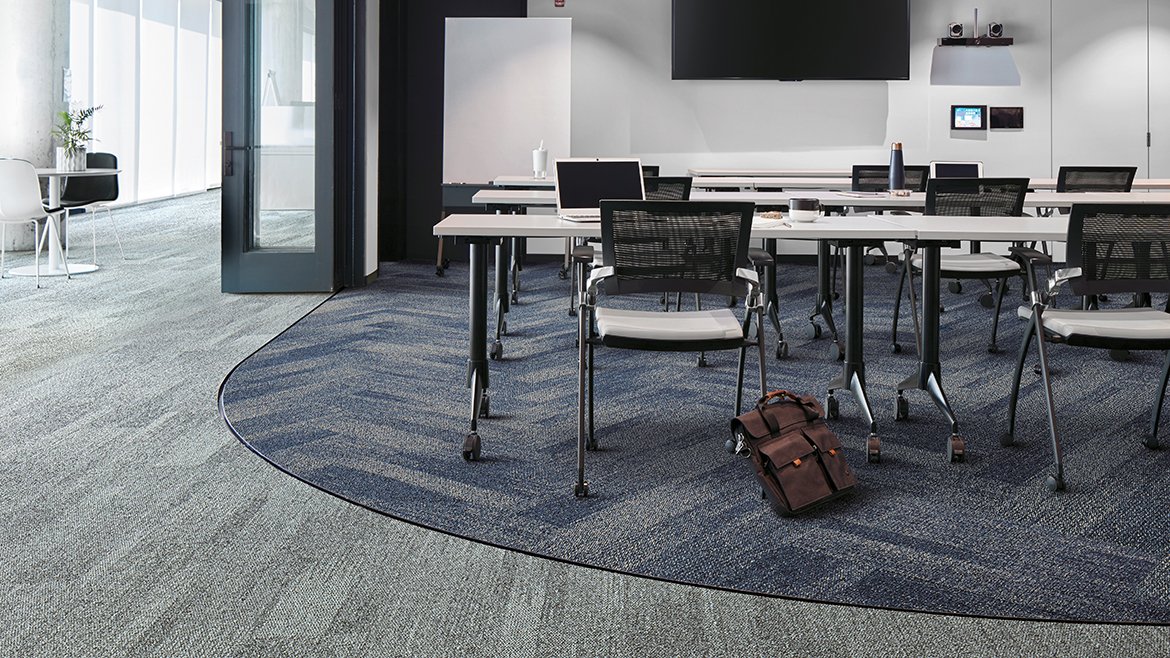The Comprehensive Guide to Interface Carpets
Discover the world of interface carpets, their benefits, and installation tips in this comprehensive guide. Explore how interface carpets can transform your space.
In today’s interior design landscape, the choices for flooring are vast and varied. One such option that’s gaining popularity for its versatility, aesthetics, and functionality is the interface carpet. Whether you’re a homeowner looking to spruce up your living space or a business owner considering a flooring upgrade, interface carpets might be the perfect solution for you. In this detailed guide, we’ll delve into the world of interface carpets, covering everything from their history to installation tips.
1. Introduction to Interface Carpets
Interface carpets are a modern flooring solution that combines style, comfort, and sustainability. These carpets are known for their modular design, which allows for easy customization and replacement of individual tiles. With their wide range of colors, patterns, and textures, interface carpets can complement any interior design theme.

2. The History of Interface Carpets
The concept of interface carpets was pioneered by Ray Anderson, the founder of Interface, Inc., in the 1970s. He envisioned a sustainable flooring option that would reduce environmental impact. Today, Interface, Inc. continues to be a leader in the production of sustainable carpet tiles.
3. Advantages of Interface Carpets
- Versatility: Interface carpets are incredibly versatile and can be used in various settings, from offices to homes and even retail spaces.
- Sustainability: These carpets are often made from recycled materials and are fully recyclable, contributing to a greener planet.
- Easy Maintenance: Individual tiles can be replaced if stained or damaged, making maintenance a breeze.
- Sound Absorption: Interface carpets help reduce noise levels in busy environments, improving acoustics.
- Design Freedom: The wide range of colors and patterns allows for creative design possibilities.
4. Installation of Interface Carpets
Installing interface carpets is a straightforward process that can be done by professionals or as a DIY project. Here are the steps:
- Prepare the Subfloor: Ensure the subfloor is clean, dry, and level.
- Layout Planning: Decide on the layout and pattern you want to achieve.
- Adhesive Application: Apply adhesive to the subfloor.
- Tile Installation: Begin placing the carpet tiles according to your chosen pattern.
- Cutting Tiles: Use a utility knife to trim tiles to fit around edges and corners.
- Seamless Edges: Install edge tiles or use specialized edging for a seamless finish.
- Maintenance: Regularly vacuum and clean the carpet tiles to keep them looking their best.
5. Interface Carpet Design Trends
Interface carpet design trends are constantly evolving. Currently, some popular trends include:
- Biophilic Designs: Carpets that mimic natural elements like wood and stone.
- Bold Colors: Vibrant and eye-catching carpet colors that make a statement.
- Geometric Patterns: Precision and symmetry in carpet tile patterns.
- Texture Variety: Combining different textures for a tactile experience.
6. Interface Carpets in Commercial Spaces
Interface carpets are an excellent choice for commercial spaces due to their durability and sustainability. They are often used in offices, hotels, and retail stores to create comfortable and visually appealing environments.
7. Interface Carpets for Residential Use
In homes, interface carpets offer warmth, comfort, and design flexibility. They are particularly popular in living rooms, bedrooms, and home offices.
8. Maintenance and Cleaning Tips
Interface carpets are relatively low-maintenance, but to keep them looking their best:
- Vacuum regularly to remove dust and debris.
- Address spills promptly with a damp cloth.
- Consider professional cleaning for deeper maintenance.
9. FAQs About Interface Carpets
Q: Are interface carpets eco-friendly? A: Yes, interface carpets are designed with sustainability in mind, often using recycled materials.
Q: Can I install interface carpets myself? A: Yes, with some DIY skills, you can install interface carpets. However, professional installation is recommended for larger areas.
Q: How long do interface carpets last? A: With proper maintenance, interface carpets can last 10-15 years or more.
Q: Are interface carpets suitable for homes with pets? A: Yes, interface carpets are pet-friendly and can withstand the wear and tear of pet activity.
Q: Can I replace individual tiles if they get damaged? A: Yes, one of the advantages of interface carpets is the ease of replacing individual tiles.
Q: Do interface carpets require underlay? A: In most cases, interface carpets do not require underlay, as they have built-in backing.
10. Conclusion
Interface carpets have come a long way since their inception, offering a sustainable and versatile flooring solution for both commercial and residential spaces. Their ease of installation, maintenance, and design options make them a top choice for those looking to elevate the aesthetics and functionality of their spaces.

